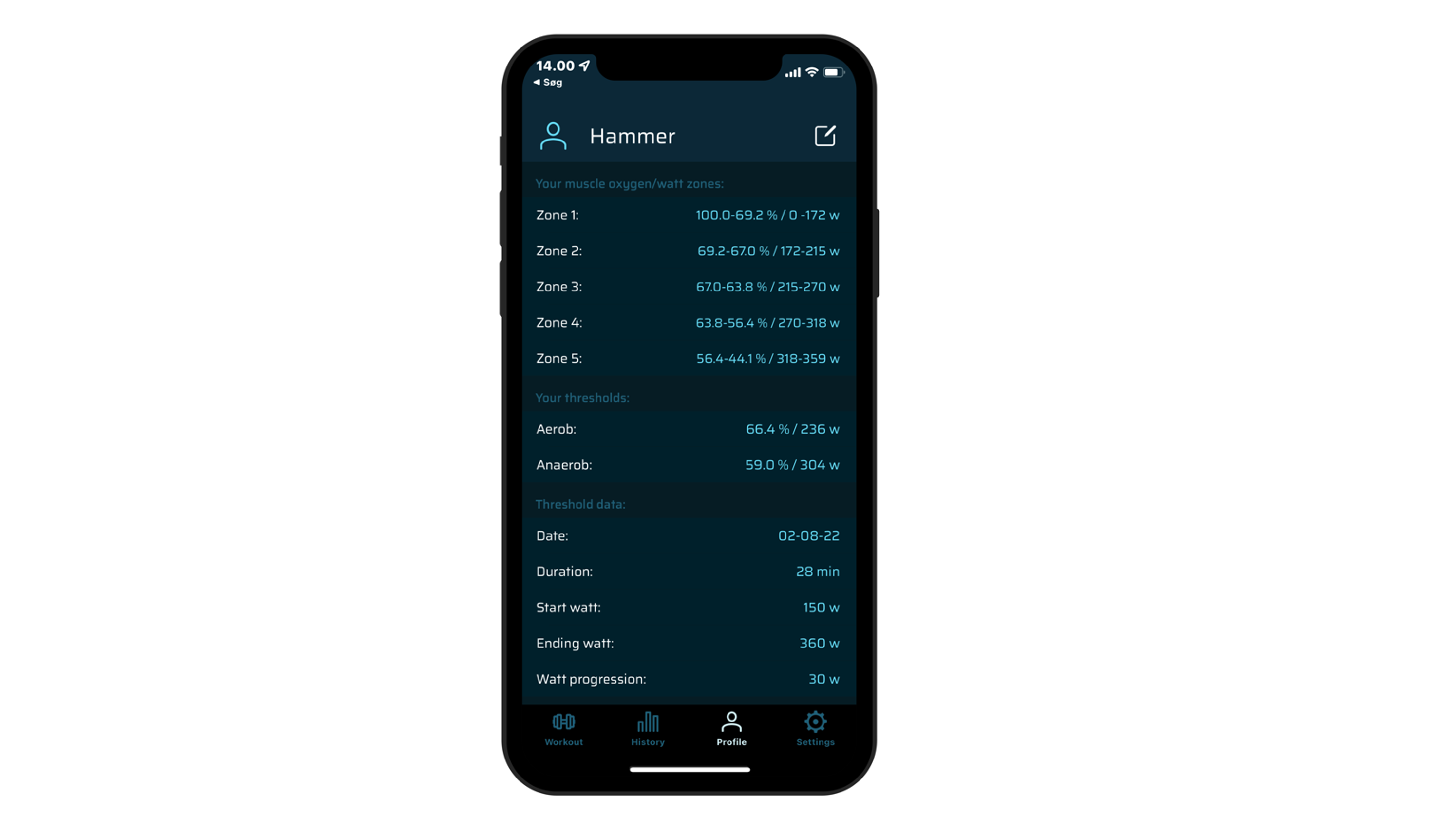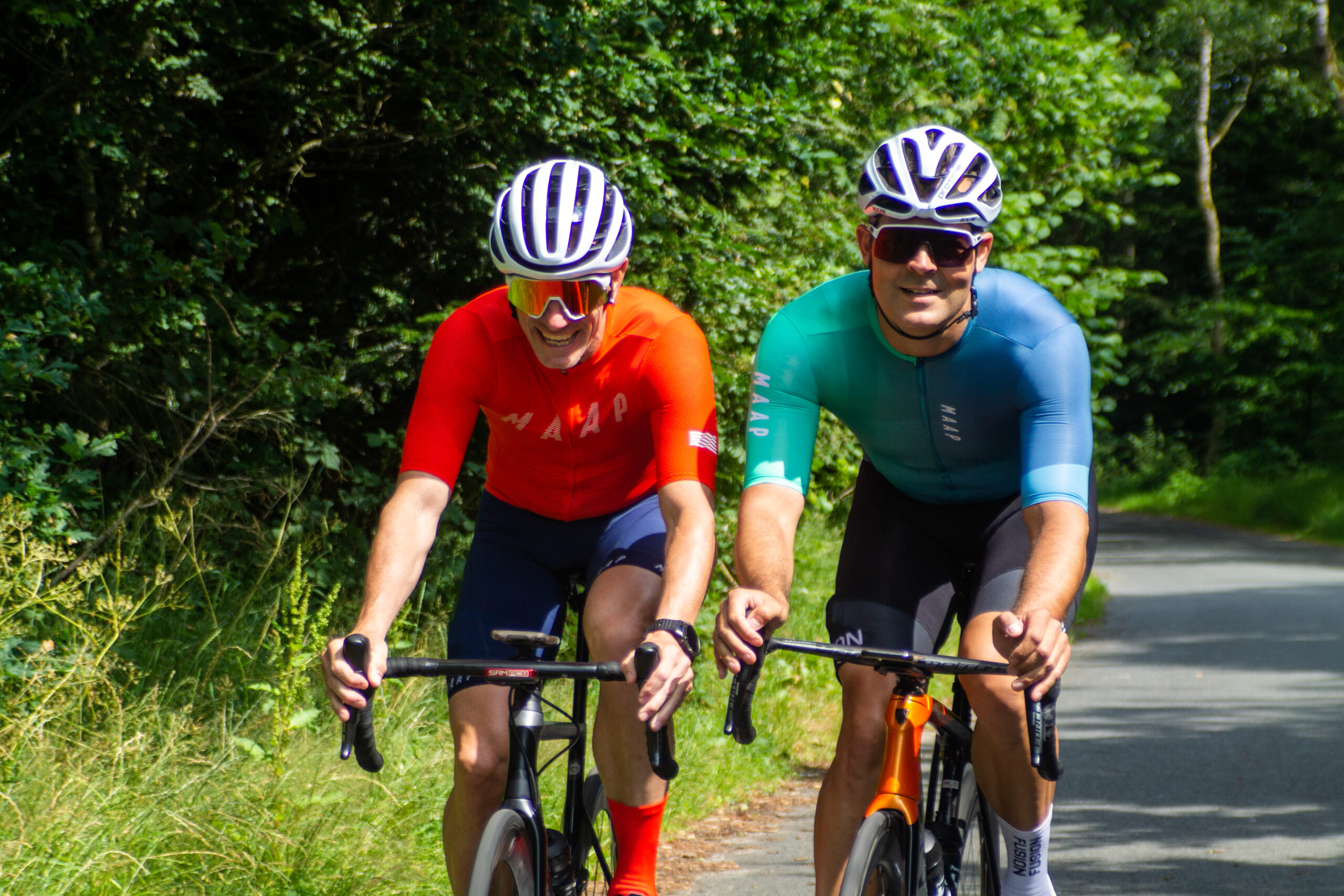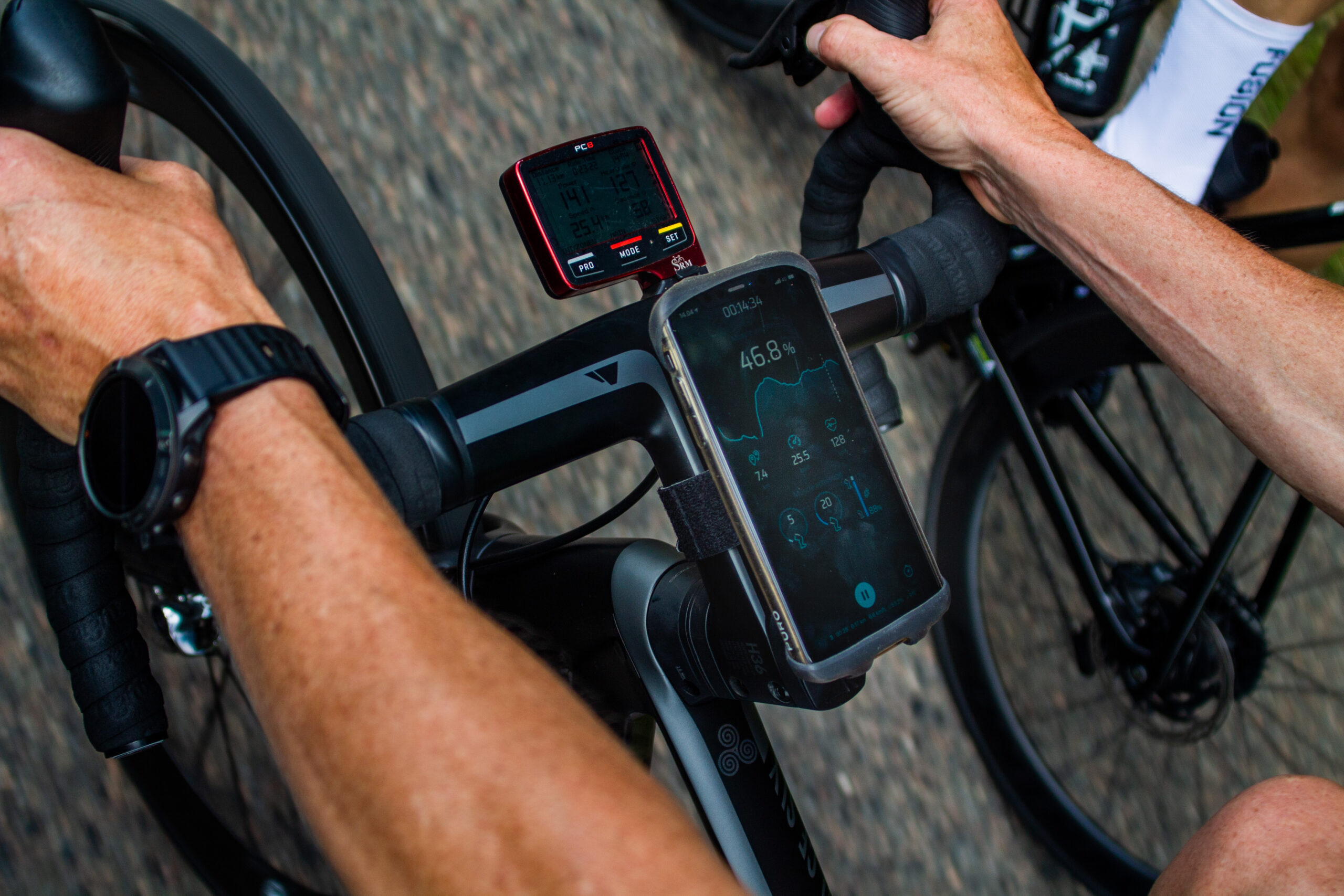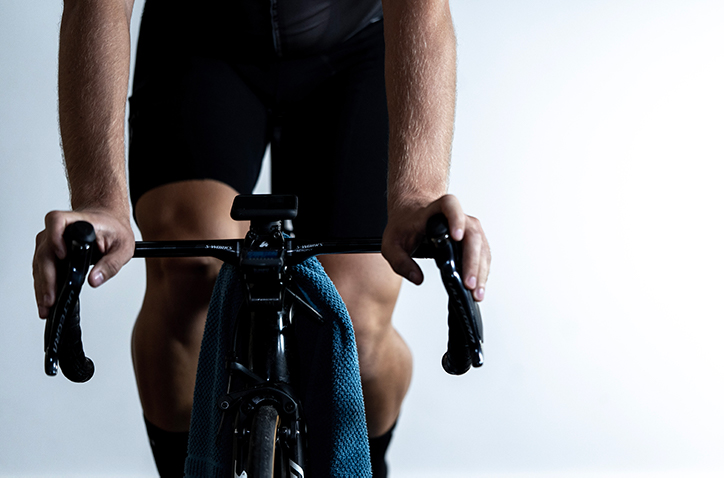Introduction
Here is the next part in our article series where we focus on warm-ups.
This time, we have had a chat with 48-year-old triathlete and coach Thomas Mortensen about his experiences with warming up before training and competitions and his experiences with GRASPOR.
“I have done triathlon since I was 18; I think I did my first ironman when I was 19.”
Since his first Ironman, Thomas has completed more than 300 triathlon events, including an additional 24 at the Ironman distance; he has also competed in three Triathlon World Championships in Hawaii. He recently won a World Champion title in Cross triathlon, where the classic bike ride has been replaced with a ride in the woods on a mountain bike. The running part has also been moved into the woods as a trail run.
“I found out pretty quickly that training is one thing, but nutrition is an equally important part.”
This mindset ended up with Thomas co-founding PurePower in 2000, which testifies to an innovative mindset and the hunt for marginal gains. Today, Thomas coaches and guides athletes in triathlon, cycling and running, across all levels.
Our subject
As a coach, I use the same approach for all my athletes, from recreational athletes who want to improve their 5K personal best to the professional athlete who needs that last little bit before a major championship or event. The difference lies in what the athletes demand, minor adjustments to an extensive plan or structure in a stressed everyday life. It is clear that the professional athlete has far more training hours, and more importantly, more recovery hours. Therefore, it is essential that I can get clear evidence that the training I give my athletes is also what they, individually, get the most out of. The professional may need to improve in a specific area, while the recreational athlete, who with their full-time jobs, must train as efficiently as possible. It is also important to think about the periodization of an athletes’ training. Some periods where you have a lot of training volume, stress, and periods where you train easily and with a lower volume. The balance between the two is critical, as it is when we recover that our body becomes stronger as a result of all the training we have completed.
When talking about triathletes, it is also vital to remember that they train three disciplines simultaneously. They must be careful not to push one discipline so hard that it hurts the two others. When running, for example, do not underestimate how tough it is on the body initially. You have to move your entire body weight, and you receive some powerful shocks that the body has to absorb. Therefore, you must prepare adequately for your training. It is almost more important than warming up on the day of the competition itself… but only almost.
But what is warming up? And why is it important?
One of the points of warming up is to prepare your body for the physical stress that you will apply to it during your workout, and you must give your body the best conditions to perform. It is like when you preheat the oven before you put the buns in to prepare correctly for what you are going to do.
For a triathlon competition, it is especially important to get your blood circulation properly going, as we start with a trip into the cold water. It is important to ensure that the blood supply and stroke volume (Faktaboks – hvad er stroke volume?) is sufficient. The muscles are thoroughly warm before we get below the water surface, as there is no time to start gently in the swim. It is all out from start to finish.
The phases of training
In general, you divide a workout into 3-4 phases, warm-up, technique, fitness and cooling down. Warming up speaks for itself, and however, below, you can see how I will warm up before a run and a bike ride. You can focus on different things in the technique phase, including swimming, running, and pedalling technique. I have experienced technique training is hugely important, especially as we get older. Another benefit of warming up is that it can help prepare you mentally for the work ahead, whether it is training or competition.
When training and at competitions, it is also important to consider your clothing. If it is 0 degrees outside, it is not optimal to run in shorts, even if you do not feel cold. The cold temperatures put extra stress on the muscles. The cold can counteract the expansion of the blood vessel network, which is a central part of the oxygen supply to your muscle. You could say that warming is helping to dilate your blood vessels from bike paths to highways. In addition, warming up also helps improve and speed up the ability to draw the necessary oxygen from the blood and into the muscles to be used in energy conversion processes.
The warm-up is a task during the training session, just like your intervals. It helps to increase your long-term performance and ensures that you are properly prepared for your intervals. You should not be afraid to spend too much energy during your warm-up as it consists of short periods of stimulation, and there is plenty of energy reserves. Otherwise, you can bring a bar or some energy drink with you for your warm-up. In the long term, a good warm-up can also help your metabolism as the body is more likely to consume carbohydrates at a low load if you do not warm up. However, stored fat would have been an equally good source of fuel.
How should you warm up?
When you run, the warm-up is important, as the start of a run is tough on your body. A good running warm-up contains, in my opinion, both an active phase and a passive phase. Start by walking a little and get the circulation going, then run for 2 minutes at a slow pace. After the 2 minutes, you stop and stand still, do some stretching, and continue with 2 minutes of running at a higher pace. Repeat a few times until the body is properly warmed up.
On the bike, I will set aside a minimum of 30 minutes for the warm-up. Here there should be a natural progression that starts with a few minutes of easy pedalling and then a few steps to take you through your lower zones. In addition, you should include 3-6 short explosive intervals, e.g., 10-15 second sprints or 30-second zone 5 intervals. You should, of course, pedal along easily between each effort.
What can GRASPOR do for me and my athletes?
In addition to giving some clear data on whether I have warmed up properly, GRASPOR can give me some evident data on how well I am trained in a specific zone. This tells me how much elbow room I have to play within the zone I ride in, e.g., during a competition. It is not always important to have a high anaerobic threshold as a triathlete because it is often the aerobic work that counts. It is not so important whether you can push 350 or 400 watts for an hour when you can keep 300 watts for 3-4 hours, that counts. This depends a lot on what distance a triathlete competes on.
If I then ride a long effort at around 300 watts, I will, thanks to GRASPOR, see how fast I get tired and how my performance develops, in how fast my Muscle Oxygen drops from the base value I have. So how fast I, for example, drop from the 54% that I know is my zone 3 intensity. I cannot see that on my wattmeter, or for that matter heart rate.
Reach out to Thomas if you need coaching or technique training at http://www.teammortensen.com/
Continue leaning about GRASPOR with our oher articles
















